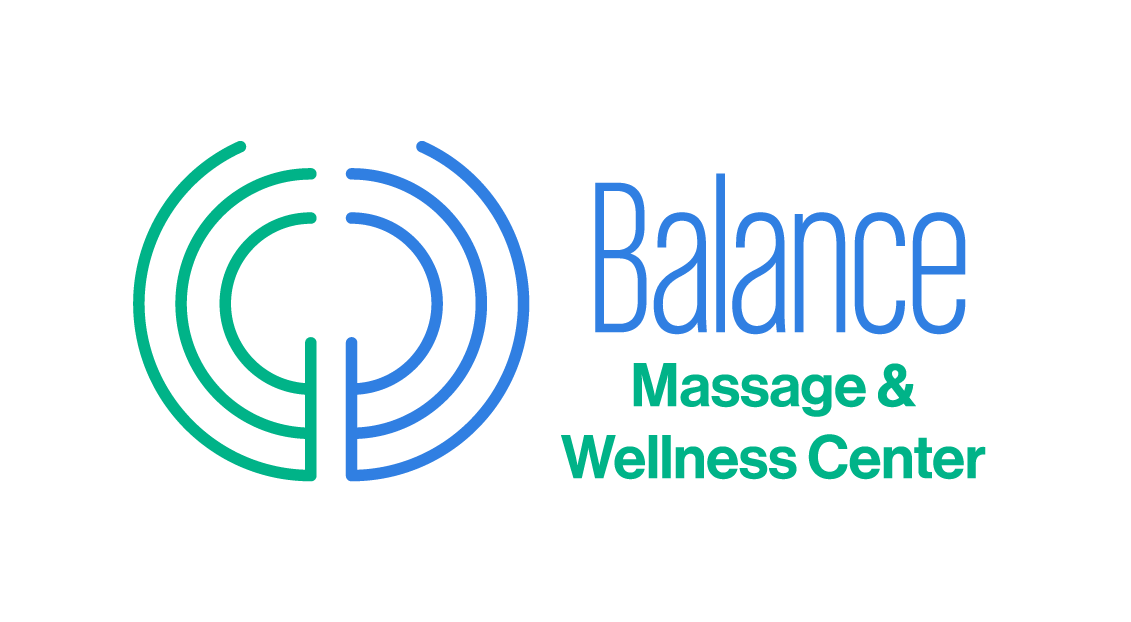Deep Tissue Massage
Deep tissue massage is a therapeutic technique used to target the deeper layers of muscle and connective tissue in the body. Unlike traditional Swedish massage, which focuses on relaxation and surface-level muscle tension, deep tissue massage works through slower strokes and firmer pressure to address chronic pain, muscle stiffness, and specific areas of discomfort. While the term “deep” is used, the technique shouldn’t be painful to the client.
The benefits of this modality may include helping to break down adhesions (knots) in the muscles, improving circulation, and enhancing flexibility. Data shows that it may help reduce chronic pain and improve functional outcomes for conditions such as lower back pain, fibromyalgia, and sports injuries. A study published in The Journal of Clinical Rheumatology found that deep tissue massage significantly reduced pain and improved function in patients with chronic musculoskeletal pain. This technique may be used as an adjunct or replacement for opioid medication, but discuss with your medical provider before making any medication changes.
This type of massage is best suited for individuals with chronic muscle tension, athletes recovering from injuries, or those with persistent aches and pains. It is particularly beneficial for people who experience pain that does not respond to more superficial forms of therapy. However, individuals with certain medical conditions, such as osteoporosis or severe cardiovascular issues, should consult with a healthcare provider before undergoing deep tissue massage.
Clients can expect to experience reduced muscle tension and pain, increased range of motion, and improved overall function after a deep tissue massage. While some soreness might be felt post-treatment, this is generally temporary and should diminish within a day or two. Long-term benefits include enhanced muscle recovery, better posture, and a decrease in chronic pain symptoms. Regular sessions can contribute to ongoing relief and improved quality of life.

